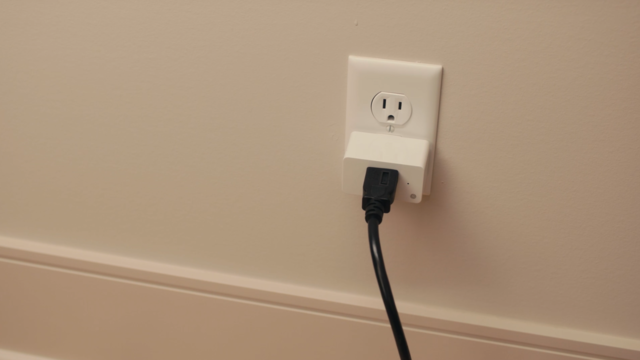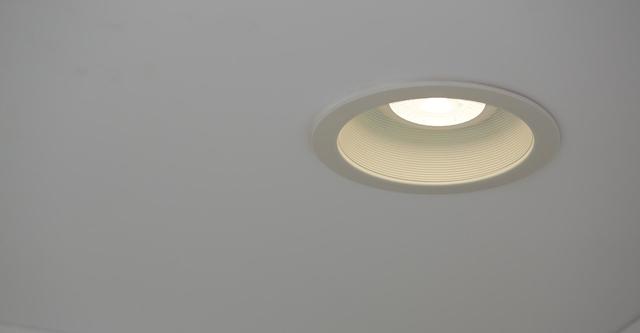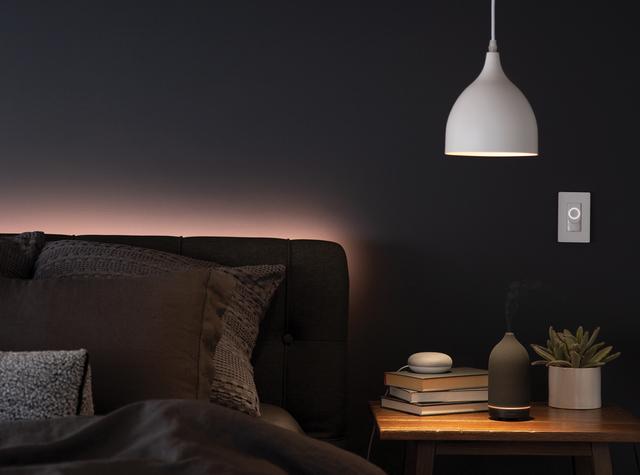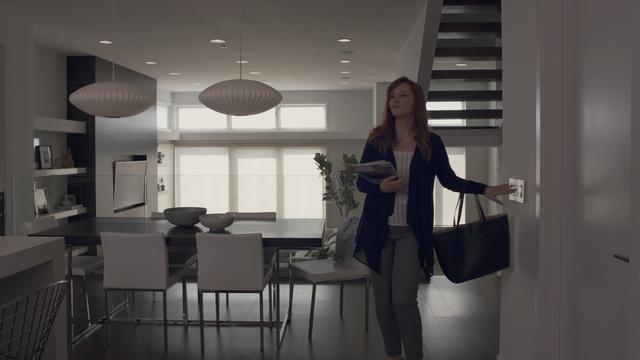A Guide to Energy Efficient Light Bulbs
When it comes to adapting your home to be more eco-friendly, one of the easiest choices you can make is switching to energy efficient light bulbs. After all, they’re something you’ll use every day, and you may even see the difference when your utility bill comes due.
And thanks to the sophisticated technology that exists today, you won’t have to sacrifice style or function—in fact, some of our current offerings even have additional features you won’t find on traditional incandescent bulbs!
As you consider making this change, we wanted to provide answers to some of the most common questions.
How Do I Know If A Light Bulb Is Energy Efficient?
To determine whether a light bulb is energy efficient, we recommend looking to the packaging. Keep an eye out for an ENERGY STAR® seal. This distinction is given out by the Environmental Protection Agency to brands and products that use our natural resources responsibly, so you can purchase them confidently with the knowledge that you’re taking positive steps for yourself and the environment.
Light bulbs that are 100% energy efficient would have the ability to convert all electricity to light, while not producing any heat. Generally, LED bulbs are 90% efficient, CFL bulbs 85% efficient, while incandescent bulbs are only 10% efficient. As such, in recent years, LED light bulbs have become the standard.
This long-lasting light can be incorporated into every space in your home—from desktop lamps to the inside of your microwave. These bulbs are engineered to use significantly less energy (As much as one-sixth of the energy required by incandescent bulbs!) while emitting the same wattage as those traditional offerings.
Which light bulb is the most energy efficient?
It definitely depends on the model you’re using. Here’s how some of the most common bulb types break down in terms of energy efficiency:
LED Bulbs
LED (Light Emitting Diode) bulbs are the most energy efficient lighting option available, and can therefore save you the most money on your electricity bills. They produce 40-80 lumens per watt, and offer several other benefits, including longevity and brightness. LED bulbs also require less power to produce a high level of brightness at a low operating temperature.
Most LED bulbs will last an average of 25,000 hours. If the LED bulb was left on 24/7, then you’d only have to replace your light bulb every 15 years. So, while LED bulbs are usually more expensive than other light bulbs (coming in around $4 per bulb), once the lifespan and overall operating cost is factored in, the cost of lighting with LED actually saves money in the long term. It typically costs just $30 to light an LED for 25,000 hours (based on 11c/kWh), which is much less than CFL and incandescent bulbs.
CFL Bulbs
Fluorescent, or CFL bulbs, are more energy efficient than incandescent bulbs, but not as efficient as LEDs. The average lifespan of CFLs is about 8,000 hours, compared to the 25,000-hour lifetime of LEDs. That comes out to about three CFL bulbs for every one LED purchase.
CFL bulbs do not operate at the lower wattages generally associated with LEDs and consequently cost more money. They require approximately double the watts to achieve the same level of brightness as an LED. Running one for 25,000 hours would cost about $50. However, the upfront cost of a CFL is about half the price of an LED.
Incandescent Bulbs
This traditional light bulb is one of the least energy efficient—most of its energy is dissipated as heat rather than light. Incandescent bulbs typically last about 750 hours, compared to the longer-lasting LED and CFL bulbs.
These light bulbs consume more energy than the other types detailed above. An incandescent bulb lit for 25,000 hours will cost approximately $169 to run, compared to the $30 cost to light an LED. While incandescent bulbs are cheaper, the energy costs are far more expensive compared to LEDs.
Do energy saving bulbs really work?
Yes, energy saving light bulbs are effective in what they set out to do. Although they may cost a little more in the outset, energy saving bulbs last a lot longer, are the greener option, and will ultimately save your household money in the long-run, reducing your energy consumption.
What Are the Benefits of Energy Saving Light Bulbs?
The benefits of energy saving LED light bulbs go way beyond a beautifully lit room. When you switch to energy saving light bulbs, you may be able to see the difference reflected in your budget. In fact, switching just one light from a traditional bulb to an LED could help you save as much as $81.68 over the life of the bulb. Now multiply that by however many fixtures you have in your house, and you just might see the difference seriously add up!
Plus, since LED bulbs are built to last, you have to replace them less often, giving them another eco-friendly advantage. In fact, the U.S. Department of Energy estimates that an LED bulb can last 3 to 5 times longer than a CFL and 30 times longer than an incandescent bulb. Not only is this great for the environment, it’s also good news for your wallet, too!
We’ve talked a lot about function, but it’s worth noting that these bulbs can be fashionable, too. This technology has come a really long way—gone are the days of LEDs taking a while to reach full brightness or emitting a low hum. Now you can incorporate better tech into every aspect of your life, from your overhead bulbs to energy efficient grow lights, without sacrificing your style. Those pretty Edison bulbs that you admire from afar may actually incorporate energy-saving elements, so that no matter your accent colors, you can add a touch of green to every room.
Not to mention: energy efficient lights can come with some added convenience. For example, in our LED+ line, every bulb comes with a bonus feature—like an outdoor motion sensor light, which will automatically turn on when it detects movement and turn off after a specified amount of time. (Of course, this can also reduce your energy usage. Double dipping for the win!)
Energy efficient bulbs also tend to be easier to recycle. Older models may contain mercury, which makes them more harmful to the environment and adds some headaches when you’re trying to recycle them. Which brings us to our last question:
How Can I Recycle Energy Efficient Light Bulbs?
Many hardware stores, like Lowe’s and Home Depot, offer bulb recycling programs, so you can bring your burned out bulbs with you the next time you stop by to shop. Your community may also offer a neighborhood recycling program, so check out your city’s website or call city hall to see if this applies to you. We also have a more comprehensive guide you can check out for even more information; we appreciate you trying to take this environmentally-conscious step, and we want to help any way we can!
We hope you’re leaving with a little more knowledge about all the positive ways energy efficient lights can help your house shine. If you have an eco-friendly setup or any other questions, let us know on social media (@GELighting). We always want to help create a brighter future for all.






